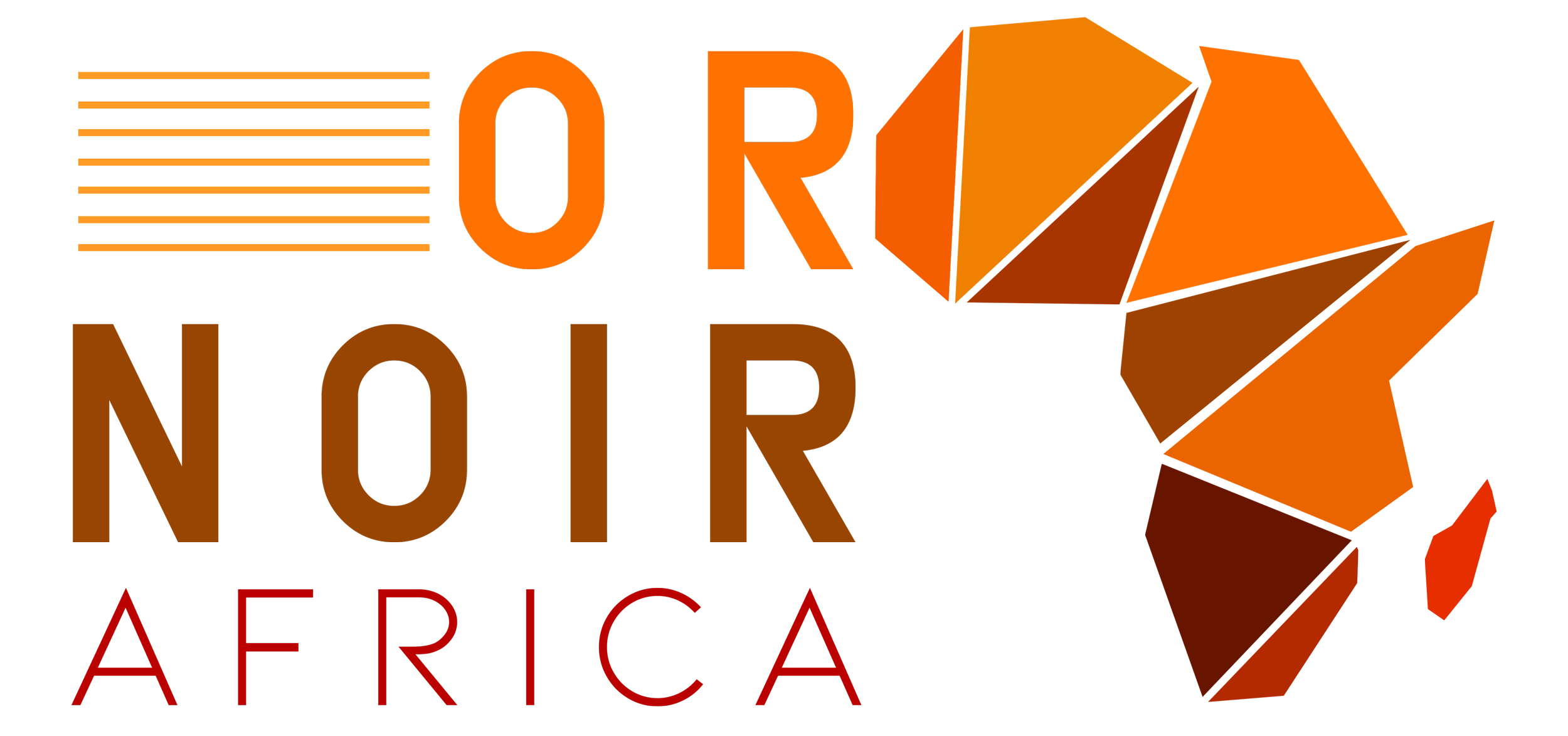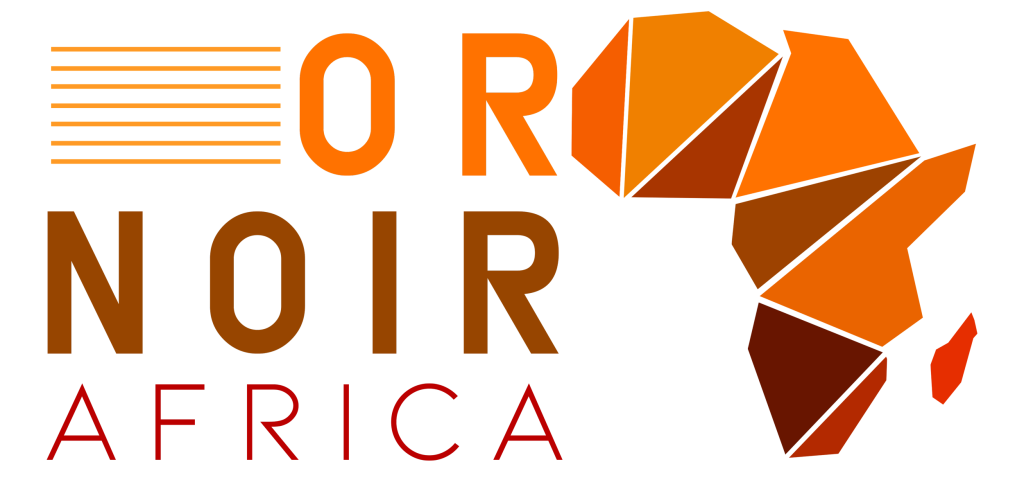L’activité biaisée est mise en évidence par les explorateurs qui délimitent les actifs de leurs portefeuilles comme des zones d’opérations « principales », la majorité des dépenses d’exploration guidées étant consacrées à l’exploration de ces zones. Deuxièmement, l’accélération du développement de bassins prouvés dans un contexte d’essor des sources d’énergie renouvelables a été démontrée par la récente vague d’activité dans le bassin de Guyana et le secteur namibien du bassin d’Orange. Ces bassins ont non seulement connu une augmentation de l’activité, mais ont également contribué de manière significative ces dernières années aux volumes mondiaux de découvertes conventionnelles, qui sont en baisse. En outre, la disponibilité de vastes ressources dans des zones offshore techniquement et financièrement difficiles a été illustrée par une augmentation de l’activité en eaux profondes et ultra-profondes et par l’annonce de découvertes exceptionnelles dans ces zones.
Un déplacement vers les domaines « essentiels »
La Guyane et le bassin d’Orange continuent de stimuler les dépenses d’exploration et les explorateurs devraient dépenser environ 50 % des dépenses d’exploration prévues (expex) de cette année dans les bassins offshore, le grand groupe français TotalEnergies prévoyant de consacrer environ 30 % de ses dépenses d’exploration totales guidées de 1 milliard de dollars cette année à l’exploration en Namibie. Cet appétit pour le risque des explorateurs est mis en évidence par le fait que 15 % des dépenses estimées de cette année seront consacrées à la preuve du potentiel du sous-sol des zones d’eau ultra-profondes, difficiles sur le plan environnemental et à coût élevé. Cependant, une concentration de l’exploration dans les zones dites centrales pourrait s’avérer désavantageuse pour certains pays hôtes qui pourraient voir leur potentiel souterrain rester inexploré. TotalEnergies a récemment indiqué qu’il était prêt à abandonner ses découvertes de Brulpadda et de Luiperd au large de l’Afrique du Sud, une décision qui pourrait conduire à l’échec de ces découvertes révolutionnaires.
Après l’essor rapide des gisements pré-salifères du Brésil avec l’annonce de la découverte de l’énorme gisement de Tupi en 2006, des découvertes telles que le champ gazier Zohr d’Eni en mer Méditerranée ont suscité l’espoir de pays comme l’Égypte de reproduire le succès du Brésil. Cependant, la nation nord-africaine n’a pas réussi depuis à mettre au jour une découverte comparable à celle de Zohr. La Guyane et la Namibie ont cependant réussi à faire suivre leurs découvertes d’ouverture de bassin par une série de découvertes similaires, ExxonMobil ayant fait la découverte de Liza sur le bloc Stabroek au large de la Guyane en 2015 et la Namibie ayant publié les découvertes Venus de TotalEnergies et Graff de Shell début 2022. Alors qu’ExxonMobil et ses partenaires de Stabroek se dirigent déjà vers la sanction de leur septième développement, l’annonce de plus de 12 milliards de barils d’équivalent pétrole (bep) de ressources récupérables sur le bloc devrait propulser la Guyane au cinquième rang des producteurs de liquides conventionnels d’ici le milieu des années 2030.
« Ces volumes en Guyane ont non seulement augmenté les flux de trésorerie des entreprises détenant des participations dans les découvertes, mais ont également eu un impact profond sur les conditions économiques du pays hôte en accumulant des milliards de dollars via son fonds pétrolier. » Aatisha Mahajan, Vice-présidente de la recherche en amont
La Namibie, bien qu’ayant annoncé des volumes de pétrole et de gaz de plus de 2,5 milliards de barils équivalent pétrole, en est encore à ses balbutiements en ce qui concerne son secteur amont et attend le développement de ses découvertes. L’annonce de volumes supplémentaires via de futures explorations pourrait aider le pays à réaliser son rêve de reproduire les réussites brésiliennes et guyanaises, même s’il devra surmonter les effets de la malédiction des ressources, qui a eu par le passé un impact négatif sur de nombreux pays africains riches en ressources.
La Namibie en plein essor
Les découvertes en Namibie et en Guyane ont vu les acteurs du secteur se ruer vers ces pays pour sécuriser des blocs d’exploration. Après le succès des majors Shell et TotalEnergies en Namibie, leurs homologues BP, Eni et Chevron s’intéressent désormais aux blocs d’exploration du pays, avec une série de puits à forer au cours des prochaines années, ce qui ferait d’ExxonMobil la seule grande société non présente dans le bassin. En outre, la découverte de Mopane par Galp Energia, annoncée plus tôt cette année avec un potentiel de ressources supposé d’environ 10 milliards de barils de pétrole, a attiré l’attention du secteur, avec environ 12 grandes sociétés pétrolières et gazières qui auraient exprimé leur intérêt à acquérir 50 % de la participation de 80 % de l’opérateur portugais dans la zone. De plus, avec de nombreux puits prévus pour être forés, la Namibie pourrait être en voie de reproduire le succès de la Guyane, au moins en termes de potentiel de ressources, principalement en raison du succès de l’exploration sur différents blocs par rapport à la Guyane, où le succès s’est limité à Stabroek.
Bien que les zones en amont matures telles que l’Asie du Sud-Est, le Golfe du Mexique aux États-Unis et le plateau continental norvégien continuent d’attirer les explorateurs internationaux, en raison de leurs riches réseaux d’infrastructures et de leur capacité à exploiter économiquement des découvertes de taille moyenne à petite, les explorateurs continueront dans les prochaines années à sonder la marge sud de l’Atlantique, en se concentrant sur des pays matures comme le Brésil, le Mexique et la Guyane, tandis que l’Afrique occupe également une place de choix. Selon l’analyse de Rystad Energy, l’Afrique est en tête des régions où le plus grand nombre de puits à fort impact est prévu pour être foré cette année, avec 13 des 36 puits prévus.
Source : Aatisha Mahajan (Rystad Energy)


